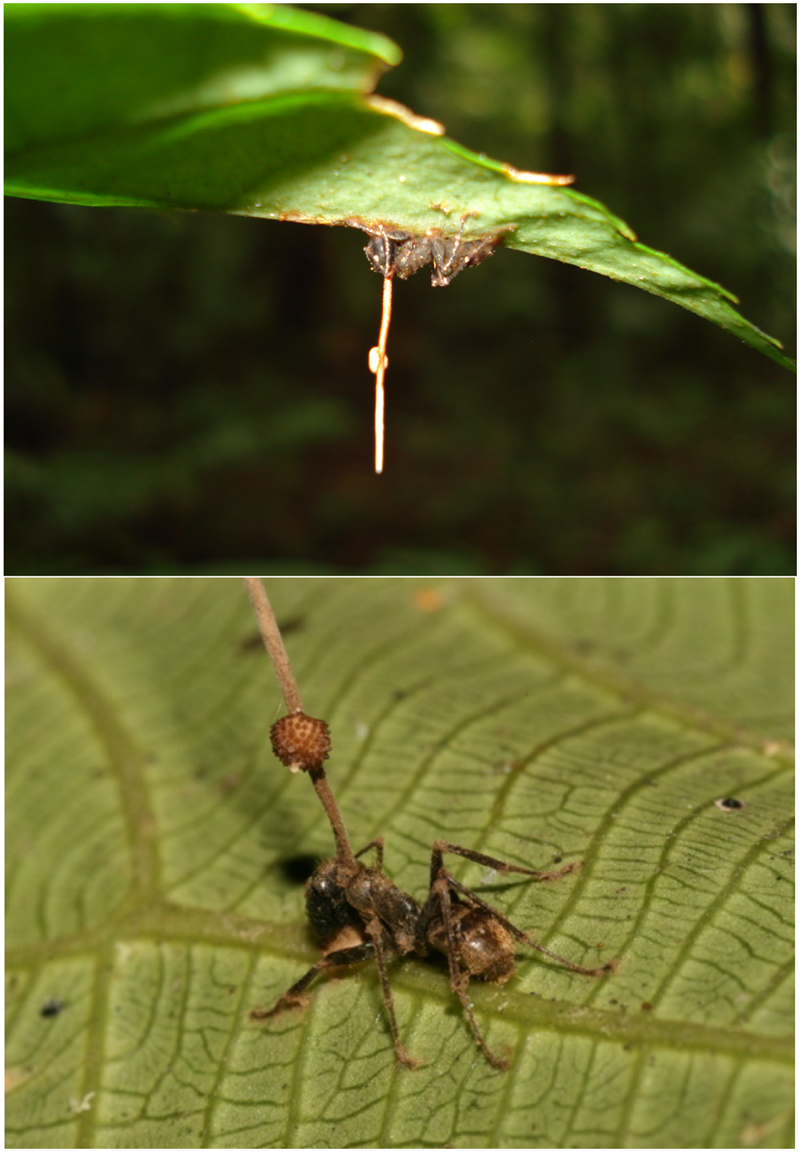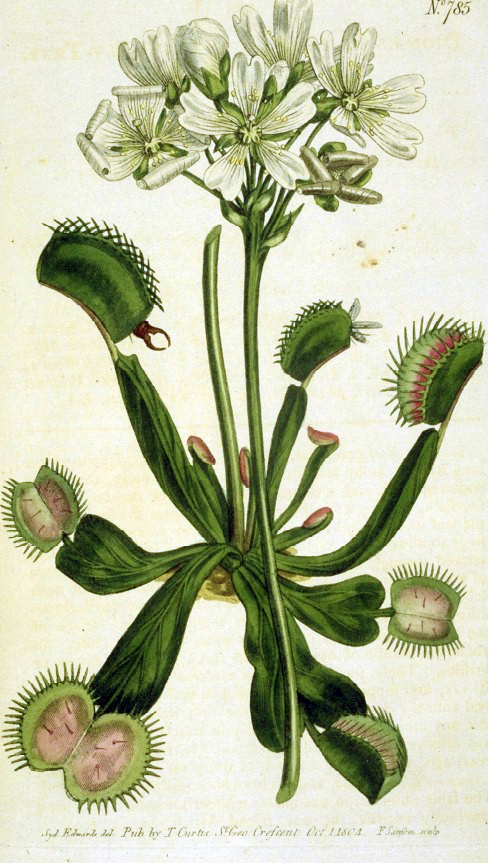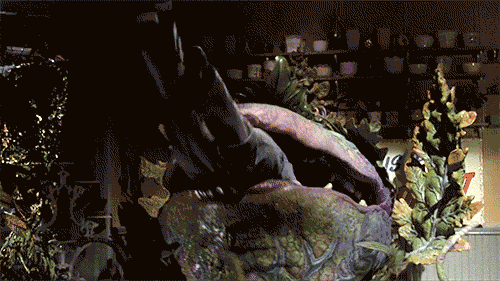Tag: Naphthoquinone
-
Plumbagin
Plumbagin or 5-hydroxy-2-methyl-1,4-naphthoquinone is an organic compound with the chemical formula C11H8O3. It is regarded as a toxin and it is genotoxic and mutagenic. Plumbagin is a yellow dye, formally derived from naphthoquinone. It is named after the plant genus Plumbago, from which it was originally isolated. It is also commonly found in the carnivorous plant genera Drosera and Nepenthes. It is also a component of the black walnut drupe. For the mineral known as plombagine, see Plumbago (mineral). See also…
-

Zombie Ant Fungus “Medicinal potential”
Ophiocordyceps are known in the pharmaceutical world to be a medically-important group. O. unilateralis fungi produce various known secondary metabolites, as well as several structurally uncharacterised substances. These natural products are reportedly being investigated as potential leads in discovery efforts toward immunomodulatory, antitumor, hypoglycemic, and hypocholesterolemic targets. In an Ophiocordyceps species within Japanese cicadas, the Ophiocordyceps replaces the symbiotic bacteria within the cicadas to help the host…
-

Venus flytrap
The Venus flytrap (Dionaea muscipula) is a carnivorous plant native to subtropical wetlands on the East Coast of the United States in North Carolina and South Carolina. It catches its prey—chiefly insects and arachnids—with a trapping structure formed by the terminal portion of each of the plant’s leaves, which is triggered by tiny hairs (called “trigger hairs” or “sensitive hairs”) on their inner surfaces. When an insect or spider crawling along…
-

Nepenthesin (and the carnivorous plants it comes from)
Nepenthesin (also spelled nepenthacin or nepenthasin) is an aspartic protease of plant origin that has so far been identified in the pitcher secretions of Nepenthes and in the leaves of Drosera peltata. Discovery In the late 19th century, Sydney Howard Vines showed that the pitcher fluid from Nepenthes could digest protein in acidic conditions. He suggested the plants were making a digestive enzyme, for which he proposed the name “nepenthin”. In…
Recent Posts
- 🧬 Disease Table with Low Sodium Connection
- 🧂 Sodium Reduction and Sodium Replacement: A History of Reformulation and Exploding Diseases, Including Many Diseases Unheard of Before Deadly Sodium Policies
- 🧂 The DEADLY 1500 mg Sodium Recommendation predates the WHO’s formal global sodium reduction push by nearly a decade (and it’s even worse than that)
- 🧬 What Is Beta-Glucuronidase?
- When Sugar Was Salt: Crystalline Confusion and the Covenant of Sweetness
Tags
ADAM ASPARTAME Birds Blood Bones Brain Bugs Cancer Columba Cows crystallography Death Death cults Eggs Etymology Gastrin Gold Growth hormone History Hormones Insulin Liver Mere Perplexity Metal Monkey Business Mythology Paracetamol Plants Poison Pregnancy Protein Religion Reproduction Rocks Salt Slavery Snakes Sodium the birds and the bees Thiocyanate Tobacco Tylenol Underworld Venom zinc
